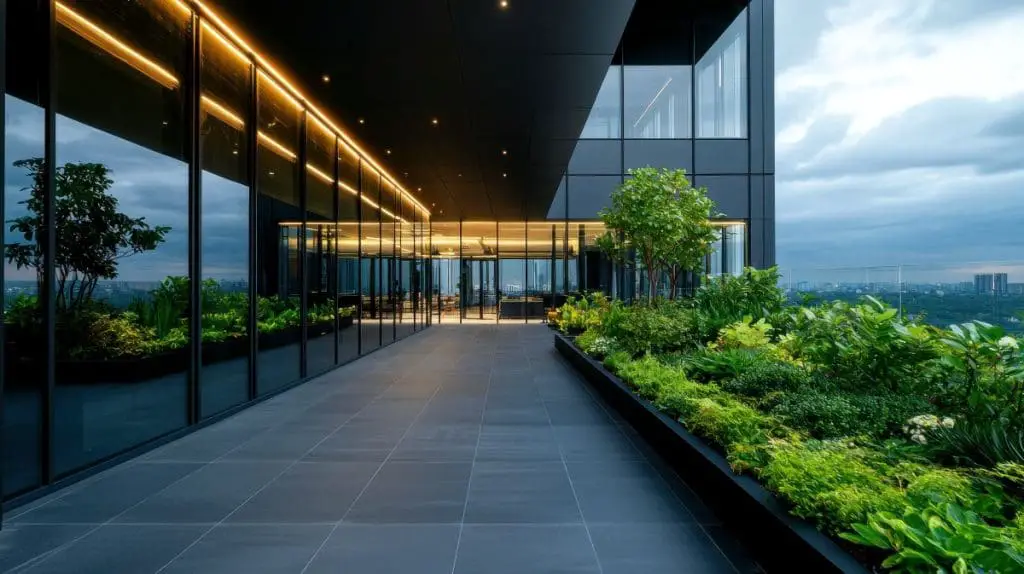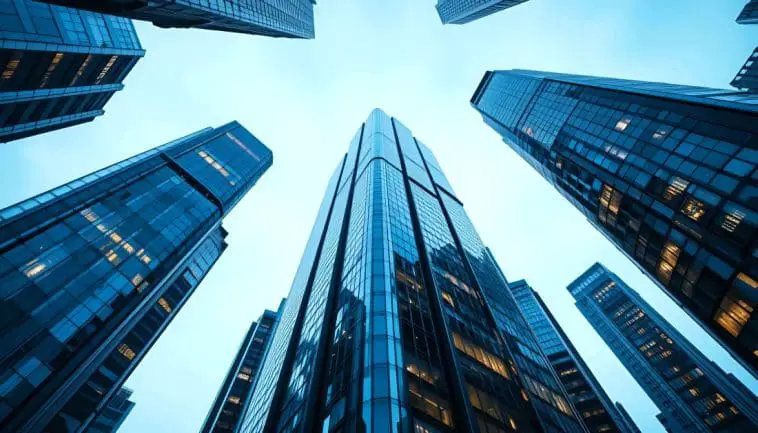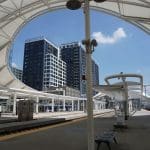When it comes to modern construction, subfloor preparation is no longer just about pouring concrete and hoping for the best. Today’s buildings demand precision, durability, and efficiency—whether it’s for residential, commercial, or industrial spaces. From self-levelling compounds to advanced moisture barriers, innovative techniques ensure a flawless foundation for any flooring system.
In this article, we’ll explore nine cutting-edge subfloor prep techniques that are revolutionizing the industry.
1. Self-Levelling Compounds for Perfect Flatness
One of the biggest challenges in subfloor preparation is achieving a perfectly level surface. Traditional methods often require extensive manual labour, but self-levelling compounds (SLCs) have changed the game. These flowable mixtures automatically smooth out imperfections, creating an ideal base for tiles, hardwood, or luxury vinyl planks.
For best results, opt for a quality levelling compound that offers fast curing times, high strength, and minimal shrinkage. Modern formulations also include additives to enhance adhesion and reduce cracking.
2. Moisture Mitigation Systems
Moisture remains flooring’s worst enemy, causing warping, mold, and adhesive failures. Modern epoxy barriers solve this by forming permanent waterproof seals that block moisture penetration at the subfloor level.
Hybrid membranes revolutionize protection by combining moisture control with crack prevention. This dual-action solution addresses both vapor transmission and structural movement in one application, simplifying installation while enhancing durability.
The cutting-edge solution comes from smart sensors that monitor subfloor conditions in real time. These provide early warnings about humidity risks, proving invaluable for basements and ground-level installations.
3. Laser-Guided Floor Profiling
Laser-guided profiling replaces guesswork with science, using high-precision scanners to create 3D subfloor maps. These systems detect imperfections as small as 0.5mm, calculating exact material needs to eliminate waste while achieving perfect flatness.
The technology generates color-coded elevation guides for installers, ensuring surfaces meet strict tolerance standards. Particularly valuable for large areas, it delivers commercial-grade results with residential project efficiency, making it indispensable for modern flooring installations.
4. Rapid-Set Underlayments
Engineered for speed and performance, today’s rapid-set underlayments achieve walkable surfaces in just 2-4 hours through advanced cement formulations. These high-strength compounds (4,000+ psi) combine fast curing with critical features like extended workability, low shrinkage, and feather-edge application down to 1mm – maintaining quality despite the accelerated timeline.
The technology proves invaluable in time-sensitive environments, from hospital renovations requiring minimal downtime to retail remodels on tight deadlines. When paired with modern leveling techniques, these underlayments deliver both the speed commercial projects demand and the reliable performance flooring installations require.
5. Eco-Friendly Subfloor Solutions
Eco-conscious subfloor systems now combine performance with environmental responsibility. Recycled underlayments incorporate industrial byproducts, while low-VOC adhesives improve air quality without compromising strength. Innovative bio-based leveling compounds use renewable plant materials to match traditional products’ durability.
These green solutions meet LEED and WELL certification standards, offering 30-50% lower carbon footprints. From healthcare facilities to corporate spaces, they deliver sustainable performance that aligns with modern construction’s environmental priorities while maintaining all technical requirements.

6. Crack-Isolation Membranes
Modern crack-isolation membranes prevent concrete fractures from damaging finished floors through ultra-thin yet highly elastic polymer layers. These innovative products absorb up to 1/8″ of movement while maintaining just 1-3mm thickness, making them ideal for space-sensitive applications.
Today’s membranes combine multiple functions – some offer moisture protection or self-adhering backings for easier installation. They’ve become indispensable for tile, stone, and wood floors over concrete, particularly in renovation projects where subfloor imperfections are unavoidable.
7. 3D-Printed Subfloor Components
3D-printed subfloor components bring unprecedented precision to construction, creating custom underlayments that perfectly match project specifications. This technology produces complex geometric designs with integrated features like wiring channels and vibration damping – all while reducing material waste by up to 60%.
Particularly valuable for curved or irregular spaces, printed subfloors simplify installation of complex architectural designs. As the technology advances, it’s becoming a game-changer for sustainable, high-performance flooring systems in both new construction and renovations.
8. Sound-Dampening Underlayments
Modern underlayments utilize layered systems of rubberized damping, acoustic foams, and dense barriers to block up to 90% of impact noise. Achieving 70dB+ sound ratings in slim profiles, they’re ideal for multi-family buildings and commercial spaces where noise control is critical.
Recent innovations feature sustainable recycled materials and ultra-thin, high-performance designs. When properly installed on level subfloors, these solutions deliver superior noise reduction for all flooring types in sound-sensitive applications like luxury residences, corporate offices, and hospitality venues.
9. Smart Subfloors with Embedded Tech
Modern subfloors now integrate intelligent systems like self-healing polymers, radiant heating, and pressure sensors. These innovations actively monitor structural health while optimizing energy use and comfort through responsive temperature control, transforming floors into smart building components.
Beyond structural support, these systems generate valuable data on foot traffic, stress points, and environmental conditions. As smart buildings advance, such multifunctional subfloors are becoming essential for sustainable, high-performance residential and commercial spaces.
Bottom Line
Subfloor preparation has evolved far beyond basic concrete work. With advancements like self-levelling compounds, moisture mitigation, laser profiling, and smart technology, modern buildings benefit from stronger, more efficient, and longer-lasting foundations.
Whether you’re a contractor, architect, or DIY enthusiast, staying updated on these techniques ensures better results and fewer headaches down the road. The right subfloor prep future-proofs your entire space.




